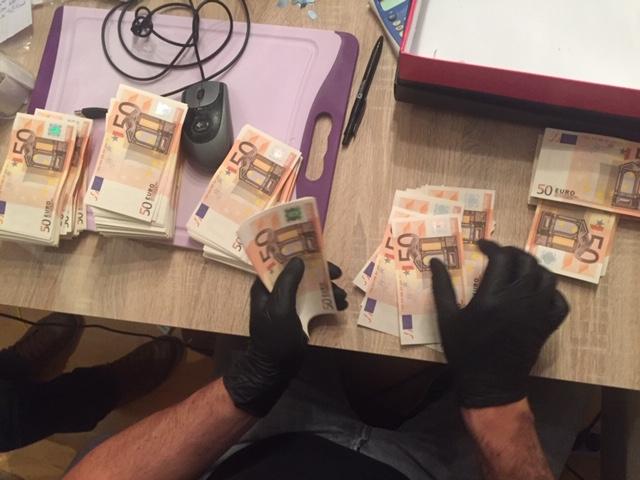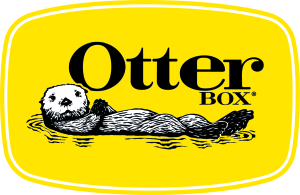There are thousands of counterfeit products being sold on Craigslist, Kijiji, eBay and other consumer to consumer online sites. During a trip to New York last year, I even found counterfeit Apple products and headphones being sold in a brick and mortar store. As a consumer, you want to make sure you are buying the real thing.
First rule of thumb
Counterfeit products never perform like the real authentic product. Don't listen to what anybody says, they just don't. Best case, the counterfeit product just per form’s bad. Worst case, the counterfeit product may be dangerous for your health and safety.
Regardless of what you have been told, the Original Equipment Manufacturers charge more because their products are built to higher quality/safety standards. These higher standards require higher end components and all of this costs money.
If the deal looks too good to be true, it probably is.
Never buy products sold without boxes
There are legitimate reasons why an online retailer or store may be selling a product without the original box but I’m not interested. Too often, missing boxes are a technique used by those selling counterfeit wares and I’m not interested.
Always look for a box that is clean and complete. It should have the same original seals or shrink wrap as a product sold in a local big box store.
Before buying anything, visit your local bog box store and examine the product. Look at the box closely. What is written? How is it written? How is the box sealed? If the store will allow it, take plenty of pictures. You need an original reference for comparison later.
Start with the batteries
If buying a product that requires AA or AAA batteries, find out what brand they are. Name brand manufacturers use Energizer or Duracell batteries but most Chinese knock-offs I have evaluated came with some other Chinese brand one.
On a recent trip to the "fake mall" in Shanghai, we were accosted by retailers peddling fake Beats headphones.
Every single one we examined came with local Chinese made batteries (while the original comes with Duracell).
When a product comes with a manufacturer brand battery (some Bose QC brand headphones), this is a little more difficult but can still be useful. In this case, you have to compare every detail from an original with the one you are evaluating. Look for different fonts or font sizes. Look for errors in spelling or missing certification labels. Look at the shape very closely as some counterfeits come close but aren't perfect replicas. If anything is off even slightly, you may be looking at a copy.
Examine the box and manual
Previously I asked that you examine the original product in a reliable big box store. This info will now be put to good use. Look at the packaging. I mean really look at it like an inspector.
You are looking for cheap quality printing, faded packaging or labels, strange markings not found on the original box, different fonts or colors used on text, compare or product names and misspelled words.
Do the above check on the box and the manual. Take the time to really look for these telltale signs in detail. If you see any of the above, you are likely holding a counterfeit product.
Presentation of the product
Manufacturers go to great lengths to ensure the customer has an exceptional unboxing experience. Every step of the process is carefully designed to be easy and be a satisfying experience. Compare the placement and internal packaging of the product with an original.
Are items presented in the rights order (i.e. product, cables, manuals)?
Is the product inserter into the packaging the same way as an original?
IS the product presented properly (righ and left sides of the product in the right position, proper placement of the transport case, inclusion of the proper accessories, etc).
Finally examine the product itself
Go through the markers I mentioned for the packaging. Look for things that are different or unusual. Markings, finishing, quality, weight, etc.
The counterfeit Beat headphones I examined in Shanghai had very different weights than the original we were comparing it too. We then played Apple lossless encoded music from an iPhone 4s and you immediately could head the difference in the sound quality. The original was rich with strong clean bass whereas the counterfeit sounded like it was being played through a can.
Any edges on the original were clean and smooth. The counterfeit product had more jagged edges and looked "less professional".
What to do if you bought a counterfeit product
Try to return the product back to the seller for a full refund. Be nebulous about the reason.
Call your credit card company and file a complaint asking for a charge-back (aka a charge reversal).
If you bought it on eBay with Paypal, file a complaint and ask for a refund. In your complaint be as specific as possible and take pictures as proof.
If the item was sent via mail, you can sometimes file a complain with your countries postmaster who may choose to conduct a more in depth investigation and block additional shipment from that seller into your country.
What if I'm not sure
There may be situations where you have doubts but aren't sure something is counterfeit. In that case, contact the support department of the manufacturer and ask for help. Some may politely reply with "Too bad you should have bought it from an authorized retailer." But more often than not, they will likely give you specific queues to look for [on their product] to help authenticate it.
There was one case where I sent the questionable product to the manufacturer (asking being asked to do it) and was told it was a counterfeit. In this case the manufacturer had amazing customer service and shipped me a replacement (since the original was purchased from a brick and mortar
store that should have been authentic).
Buyer beware!



















